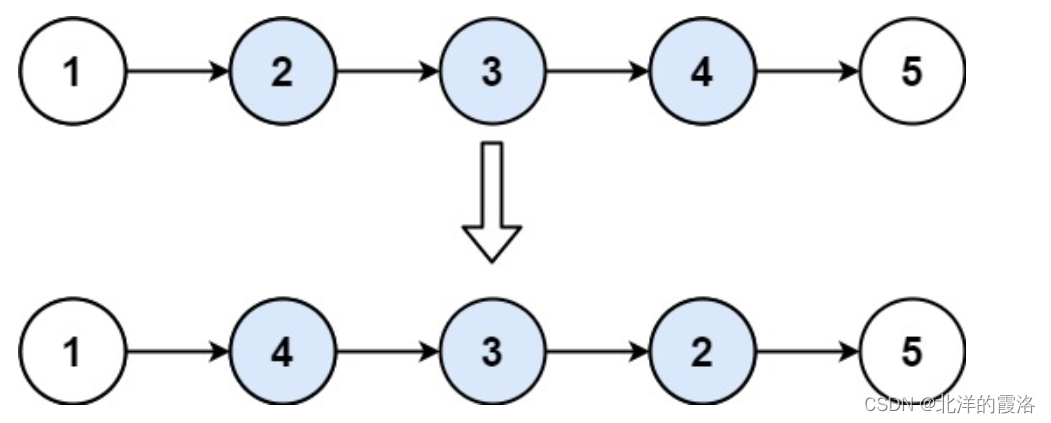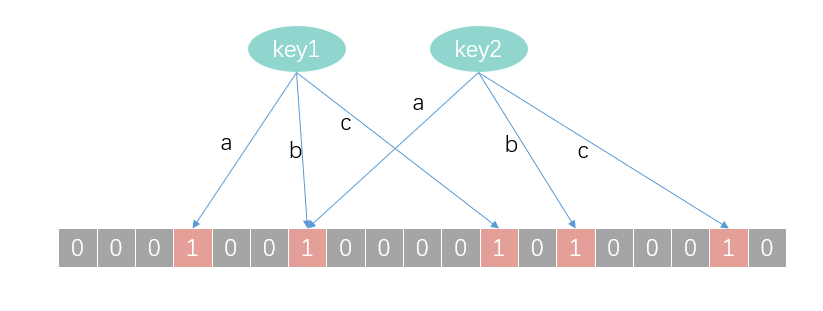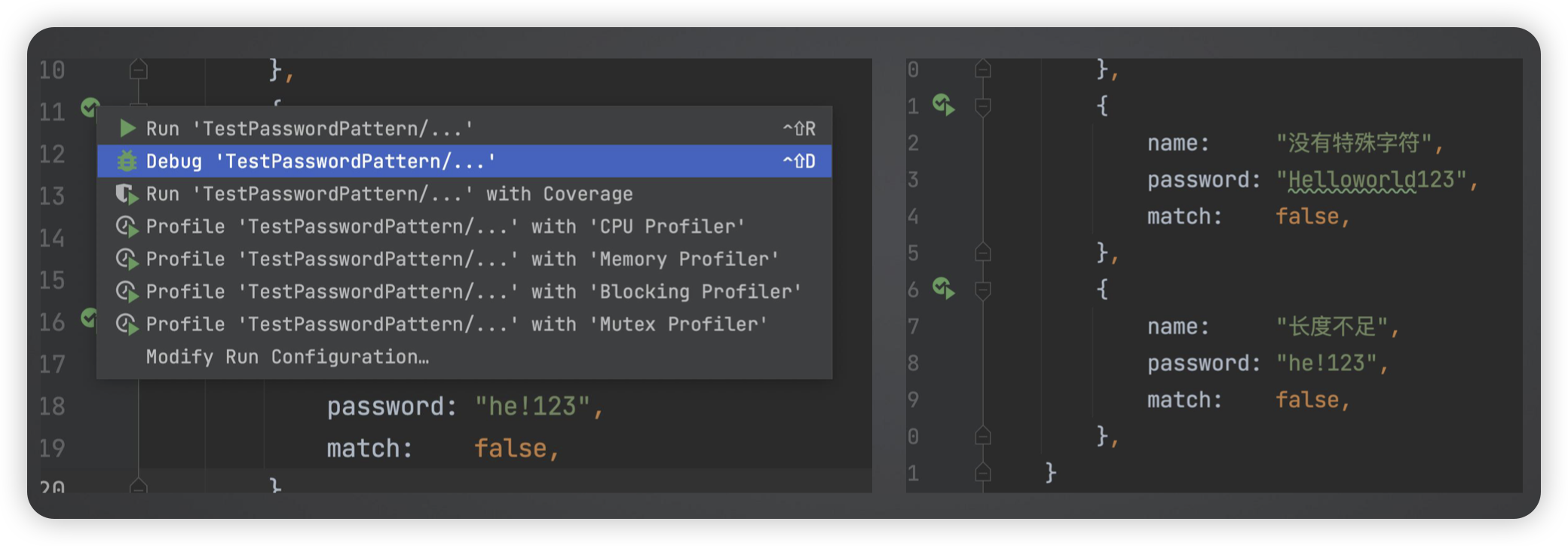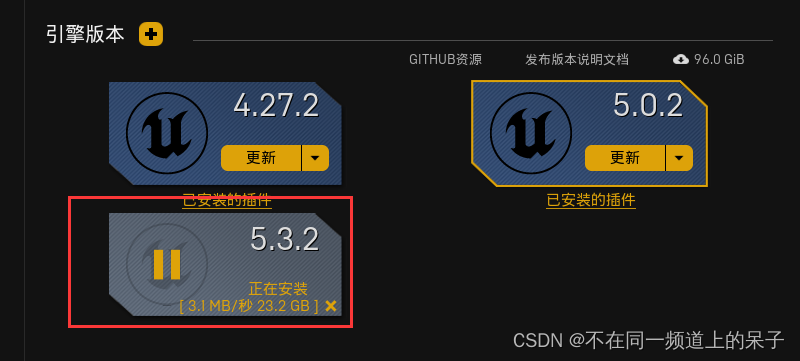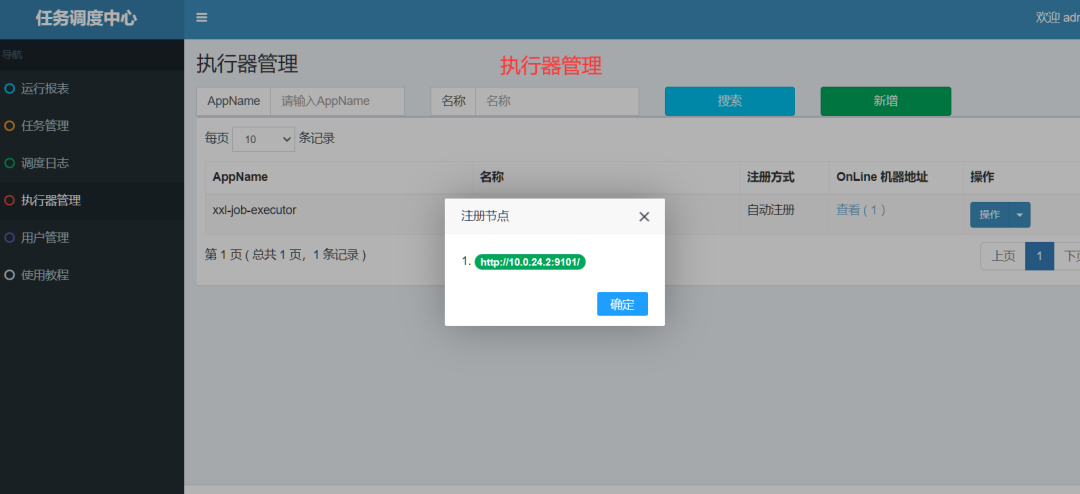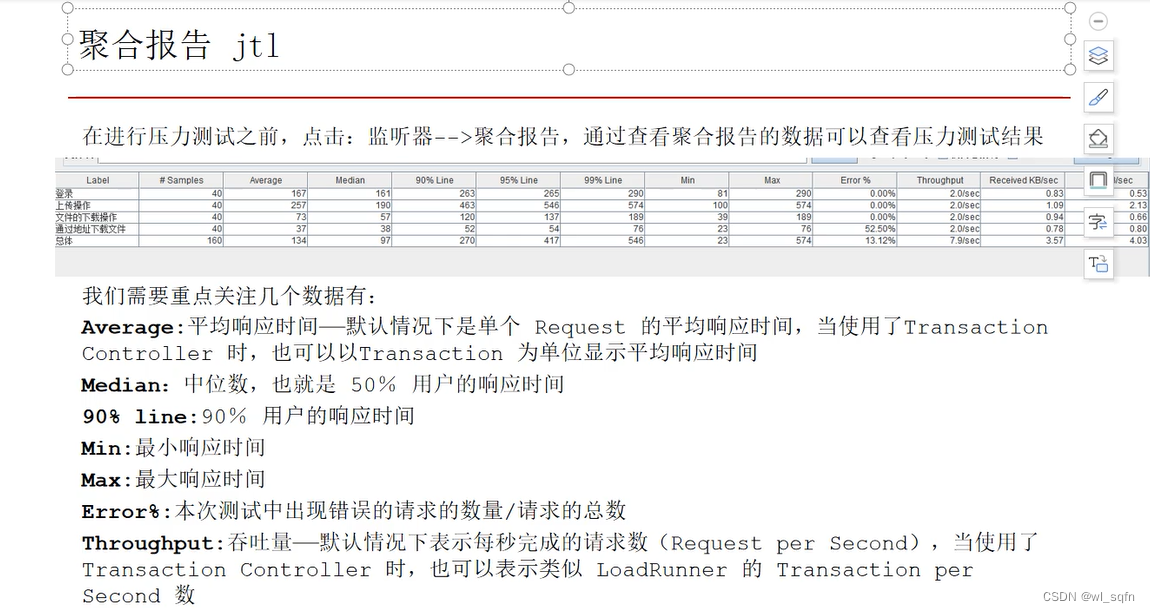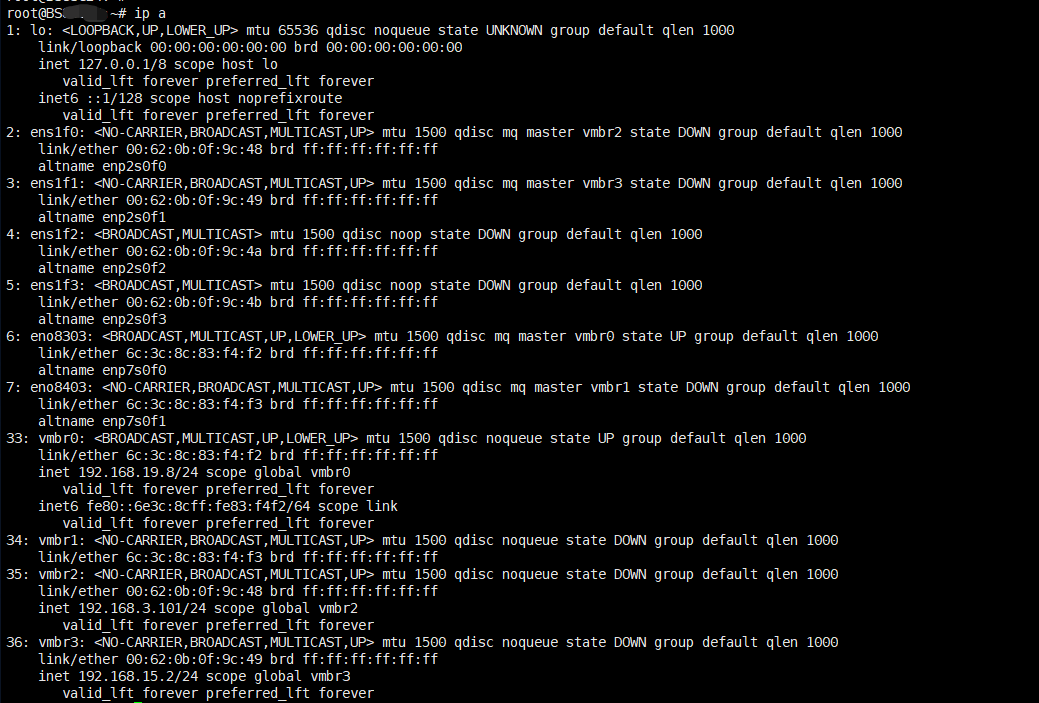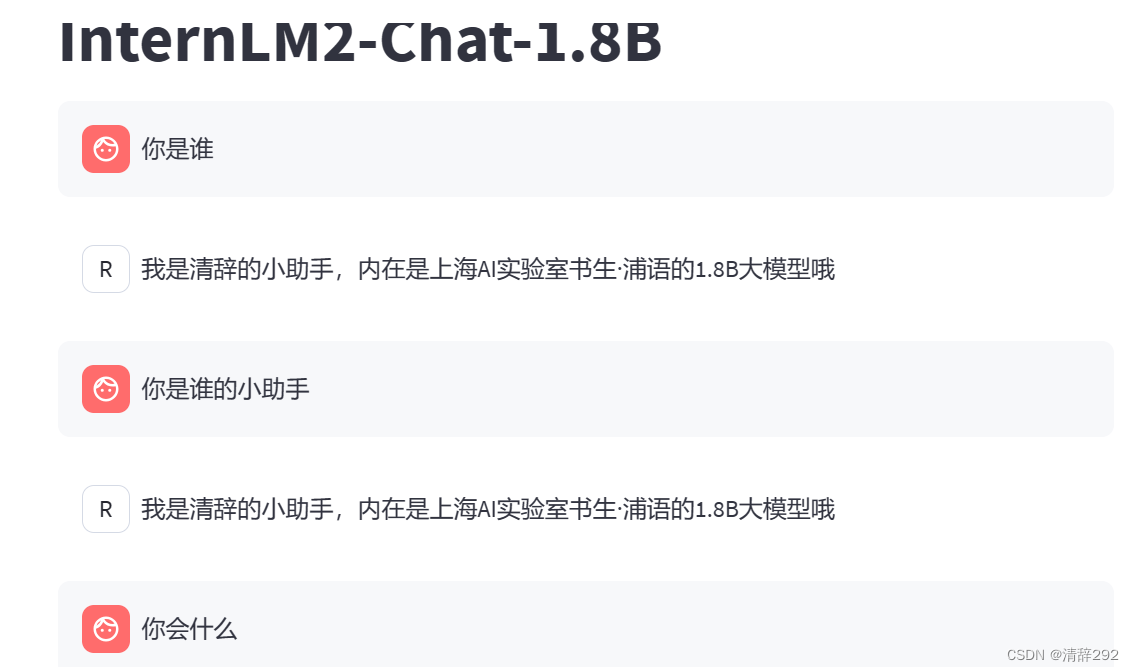目录
- 1. 讲解:
- 2. C++代码实现:
- 小结:
1. 讲解:
循环链表又分为循环单链表、循环双链表。
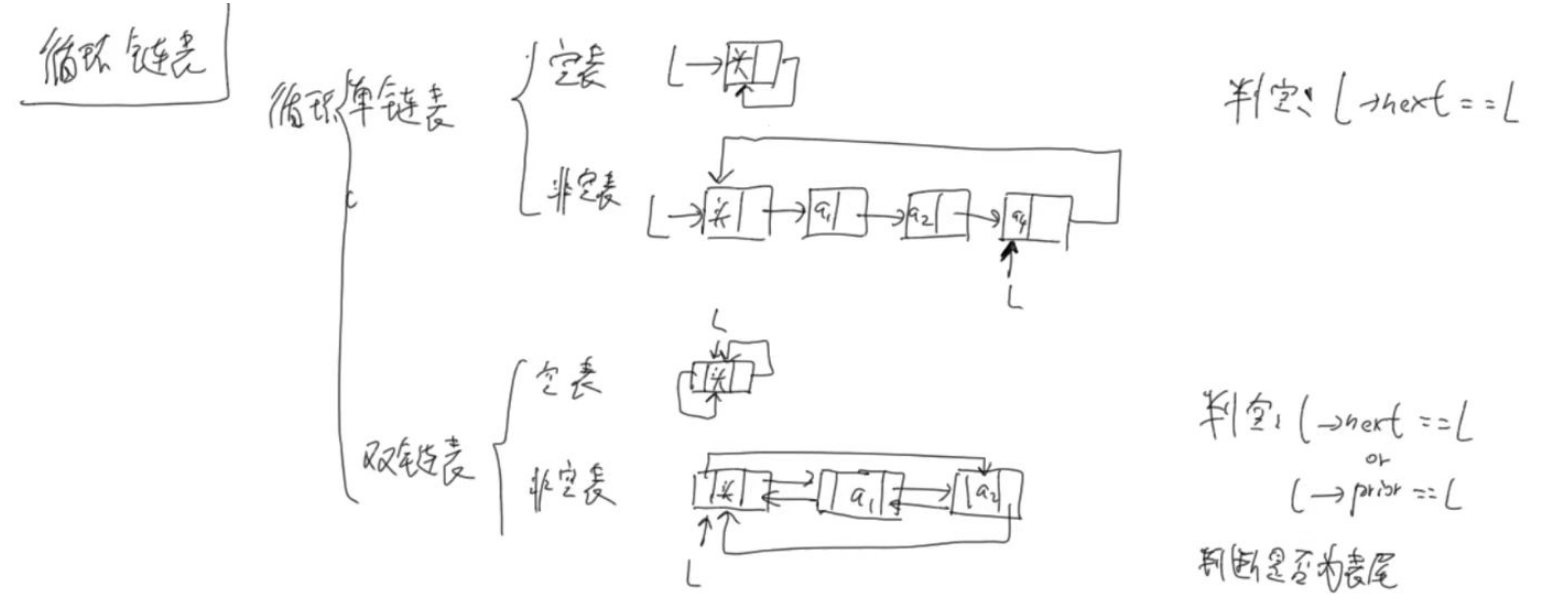
2. C++代码实现:
#include <stdlib.h>
#include <iostream>
#include <stdio.h>
using namespace std;
#define ElemType int
typedef struct LNode {
ElemType data;
struct LNode* next;
}LNode, * LinkList;
// 初始化
bool InitList(LinkList& L) {
L = (LNode*)malloc(sizeof(LNode));
if (L == NULL) return false;
L->next = L;
return true;
}
// 判断是否为空
bool Empty(LinkList L) {
if (L->next == L) return true;
else return false;
}
// 判断该节点是否为表尾节点
bool isTail(LinkList L, LNode* node) {
if (node->next == L) return true;
else return false;
}
int main() {
LinkList L;
// 初始化循环单链表
if (!InitList(L)) {
cout << "Initialization failed." << endl;
return -1;
}
// 插入节点示例
LNode* node1 = (LNode*)malloc(sizeof(LNode));
node1->data = 1;
node1->next = L->next; // 将新节点插入到头节点之后
L->next = node1;
LNode* node2 = (LNode*)malloc(sizeof(LNode));
node2->data = 2;
node2->next = L->next; // 将新节点插入到头节点之后
L->next = node2;
// 打印链表内容
if (!Empty(L)) {
LNode* temp = L->next;
while (temp != L) {
cout << temp->data << " ";
temp = temp->next;
}
cout << endl;
}
else {
cout << "The list is empty." << endl;
}
// 判断节点是否为尾节点
if (isTail(L, node2)) {
cout << "node2 is the tail node." << endl;
}
else {
cout << "node2 is not the tail node." << endl;
}
// 判断节点是否为尾节点
if (isTail(L, node1)) {
cout << "node1 is the tail node." << endl;
}
else {
cout << "node1 is not the tail node." << endl;
}
return 0;
}
小结:
关注我给大家分享更多有趣的知识,以下是个人公众号,提供 ||代码兼职|| ||代码问题求解||
添加我的公众号即可:
